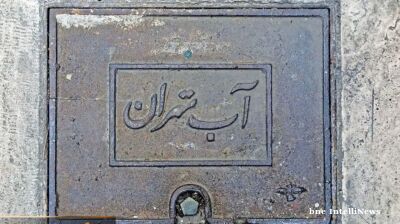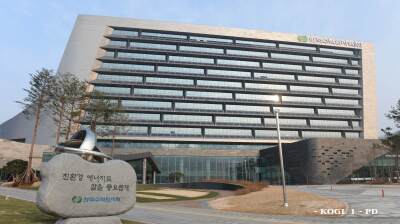Ten monasteries in Serbia have adopted solar power in recent years in a bid to enhance self-sustainability and curb electricity expenses.
Notable among them are the Zica Monastery, the Monastery of the Holy Virgin in Visocka Rzana, the Monastery of St. Stephen in Lipovac, and the Sukovo Monastery near Pirot. These sites, located in Serbia's southern and southeastern regions, capitalise on favourable solar energy conditions.
Located near Kraljevo in central Serbia, Zica Monastery is one of the most important Serbian Orthodox monasteries. It was founded in the early 13th century and served as the coronation church of the Serbian kings. The monastery is renowned for its Byzantine-style architecture and rich historical significance.
Father Rafailo, head of the Monastery of the Most Holy Theotokos, told Serbian news agency Beta he drew inspiration from Mount Athos for the transition. He spoke of the practicality of reliable power during outages, a sentiment shared by other monastery leaders.
Representatives of the monasteries also told Beta they had opted for solar power for financial reasons.
The Monastery of the Holy Virgin, for instance, has witnessed a significant reduction in monthly electricity bills, generating around 450 kilowatt-hours through solar power. Similarly, the Monastery of St. Stephen in Lipovac opted for solar power after conventional cost-cutting measures failed.
Father Eustathija from the Lipovac Monastery highlighted the financial challenge of the initial investment but said there had been a collective effort to raise funds involving donations from individuals, companies and institutions. Today, the monastery enjoys heightened self-sufficiency in electricity supply and substantially reduced bills, allowing for reinvestment in heritage preservation and infrastructure development.
The Monastery of the Assumption of the Virgin Mary near Pirot has embraced solar energy across its premises, with operational plants on the barn and dairy facilities. Founded in the 14th century, it is dedicated to the Assumption of the Virgin Mary. The monastery is known for its stunning natural surroundings and mediaeval frescoes.
Looking ahead, there's growing interest among other monasteries, including the Poganovo Monastery, in adopting solar power solutions. However, limited financial resources currently impede widespread adoption.
Serbia targets a 45.2% renewable energy share in electricity production by 2030, backed by a €5.4bn investment. The country recently sealed a deal with China, securing €2.2bn for a 1.5 GW wind farm, a 500 MW solar plant and a hydrogen facility.
bneGREEN

EXPLAINER: What is the EU’s CBAM and how will it affect global trade from 2026?
The European Union’s Carbon Border Adjustment Mechanism (CBAM) will enter its full operational phase on January 1, 2026, marking a major shift in global climate and trade policy.

Iran faces critical water crisis after driest year in five decades
Iran faces critical water crisis after driest year in five decades with 40% nationwide rainfall drop.

Global renewables to double by 2030, but IEA warns momentum must accelerate
Global renewable energy capacity is on course to double by 2030, reaching 4,600 GW—comparable to the current combined total of China, the European Union and Japan—according to the International Energy Agency’s Renewables 2025 report.

South Korea’s embrace of SMRs as a pillar of nuclear policy
Spearheaded by Korea Hydro & Nuclear Power, these compact reactors are increasingly being seen as central to the nation's energy policy, offering flexibility, scalability, and ultimately a pathway to carbon neutrality




